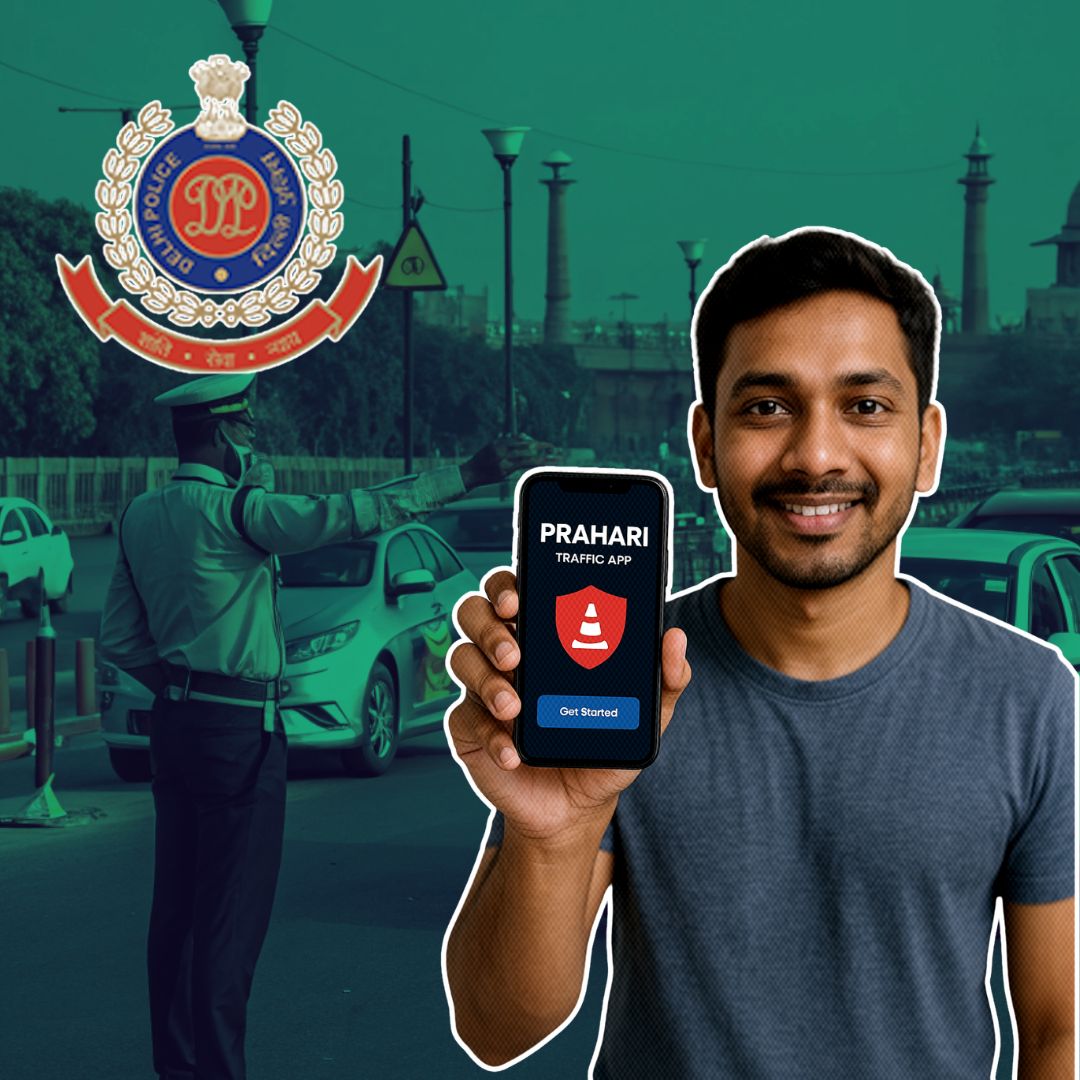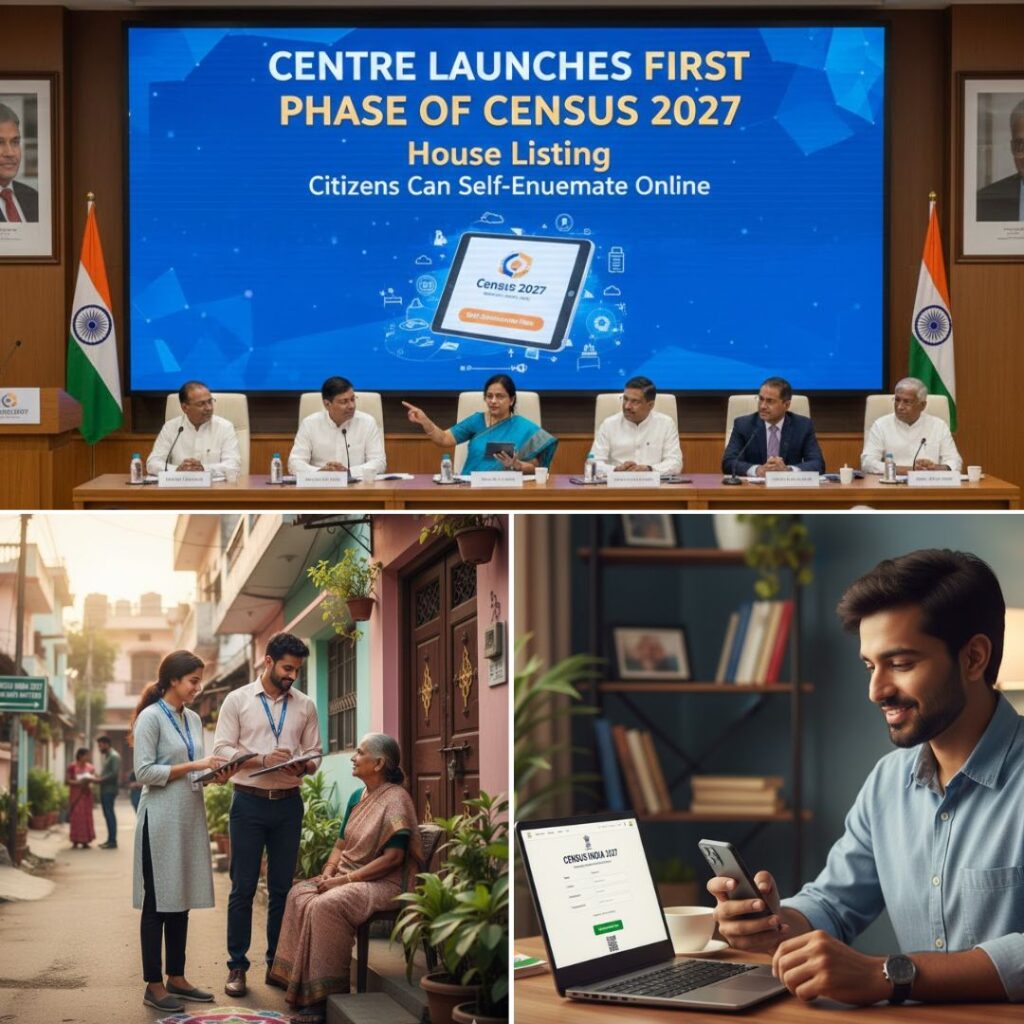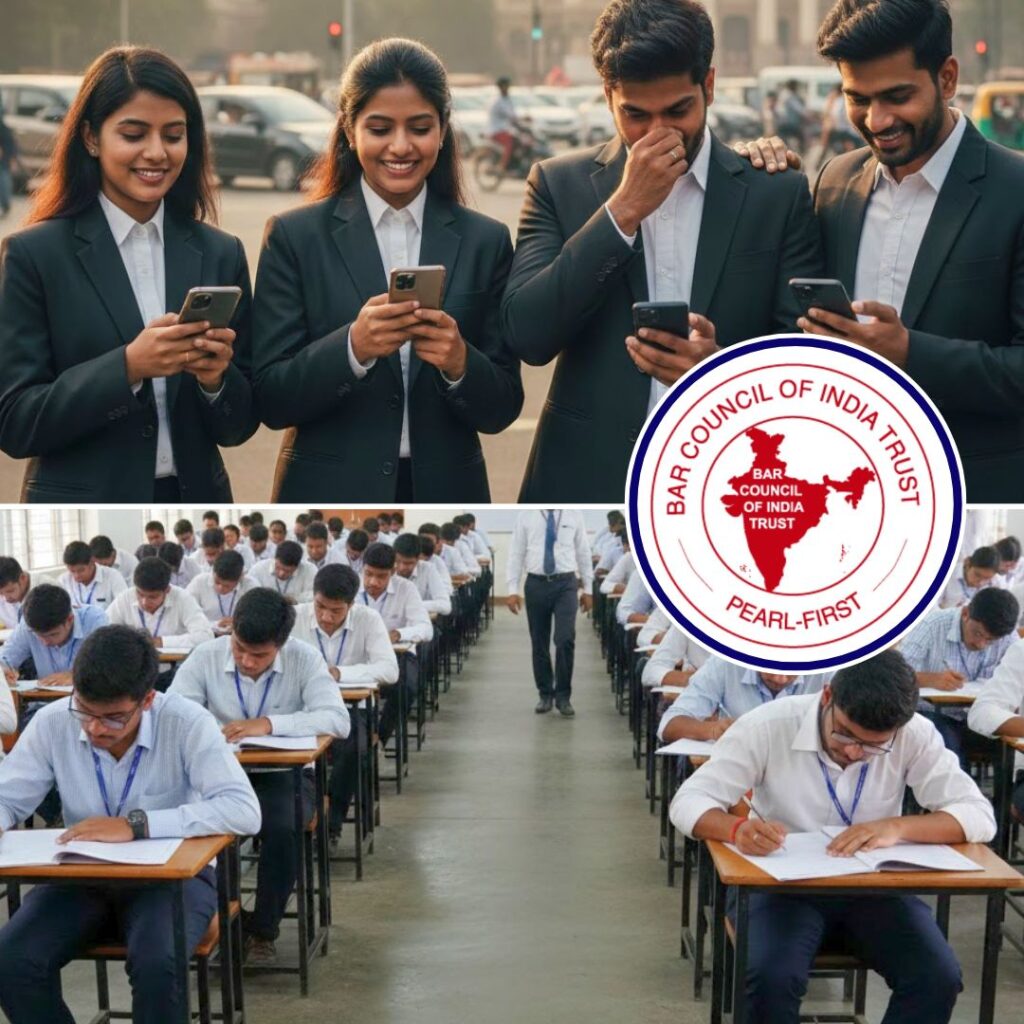The Delhi Traffic Police’s innovative ‘Traffic Prahari’ app, relaunched on September 1, 2024, continues to make substantial strides in improving road safety by actively involving citizens in traffic enforcement. This initiative invites people across the city to report traffic violations directly through their smartphones, becoming vigilant avatars of road discipline while earning financial rewards.
As a result, the programme has garnered widespread participation, transforming everyday commuters into auxiliary eyes for traffic authorities, and generating a remarkable 1,400 to 1,500 challans from citizen reports every day.
How the ‘Traffic Prahari’ App Works
At the heart of this initiative is a simple yet impactful process that empowers anyone with a smartphone to contribute: users download the ‘Traffic Prahari’ app from Google Play Store, complete an easy registration via mobile number and one-time password (OTP), and then begin documenting traffic rule violations with clear photos or videos that include accurate timestamps and location data.
Examples of infringements reported include red light jumping, illegal parking, wrong-side driving, and incidents of road rage – behaviours that not only break traffic laws but also endanger life and property. Once submitted, the Delhi Traffic Police carefully verifies each report to prevent misuse or malicious complaints before issuing a challan (traffic fine) to the offending vehicle’s registered owner.
This verification process ensures fairness, discouraging any personal vendettas or false reporting.
Community Participation and Financial Incentives
One of the most compelling factors encouraging public participation is the programme’s financial incentive model. Monthly cash prizes are awarded to the top contributors based on the number and quality of valid reports they upload.
The first place holder receives Rs 50,000, the second Rs 25,000, the third Rs 15,000, and the fourth Rs 10,000. This system not only motivates citizens but also offers a supplementary source of income, especially beneficial for the unemployed and underemployed.
DCP Traffic SK Singh, a key official championing the programme, remarks that the involvement of ordinary citizens has added a vital layer to traffic enforcement, helping to reduce reckless driving and instil a stronger sense of civic responsibility.
Historical Background and Official Support
The origins of ‘Traffic Prahari’ trace back to the earlier ‘Traffic Sentinel Scheme’ launched in 2015. However, this revamped and rebranded initiative leverages contemporary technologies and the ubiquitous presence of smartphones to magnify community engagement.
Delhi’s persistent struggles with traffic chaos, high accident rates, and rampant violations have necessitated such collaborative measures. Delhi Police leadership, including Lieutenant Governor Vinay Kumar Saxena, have expressed their firm support for this citizen-powered approach, highlighting its dual role in maintaining law and nurturing public participation.
The scheme is continuously monitored to assess its impact on traffic safety, and adjustments to rewards and processes are made based on feedback and data trends.
The Logical Indian Perspective
From the perspective of The Logical Indian, the ‘Traffic Prahari’ app exemplifies a progressive and inclusive model for urban governance that prioritises partnership between authorities and citizens. It resonates with the broader values of peace, empathy, and coexistence by encouraging people to contribute constructively to public safety in a non-confrontational way.
By transforming passive commuters into active stakeholders in road safety, this initiative cultivates a culture of accountability that can reduce traffic-related fatalities and injuries. Additionally, the financial rewards serve as a recognition of social responsibility, making enforcement not just a duty but also an opportunity for economic participation.
However, The Logical Indian also recognises that such schemes must tread carefully to balance transparency, privacy, and fairness. Safeguards are essential to protect the identity of reporters and prevent misuse or biased targeting. As the initiative matures, there is scope for other cities in India and beyond to study this model, adapting it to local needs and challenges.












